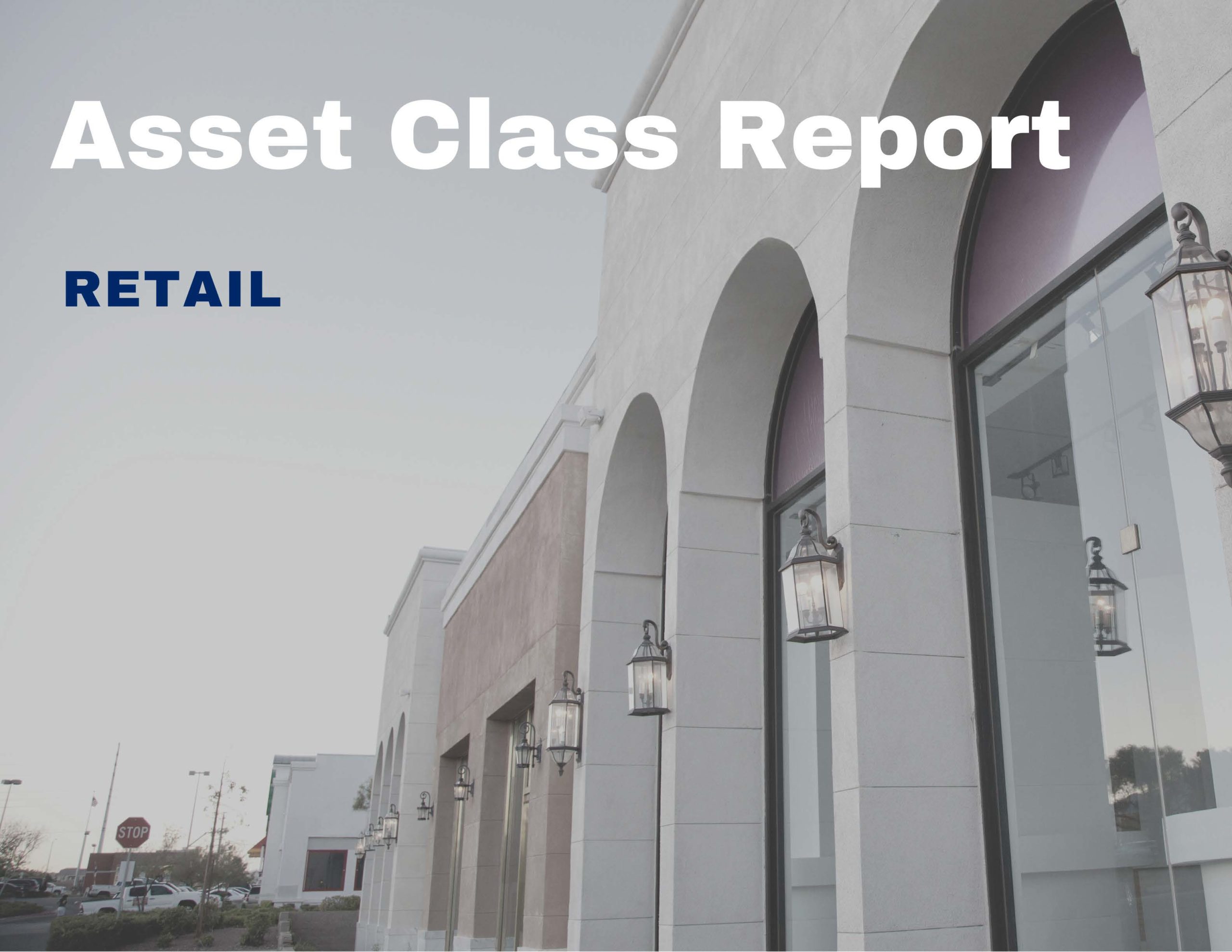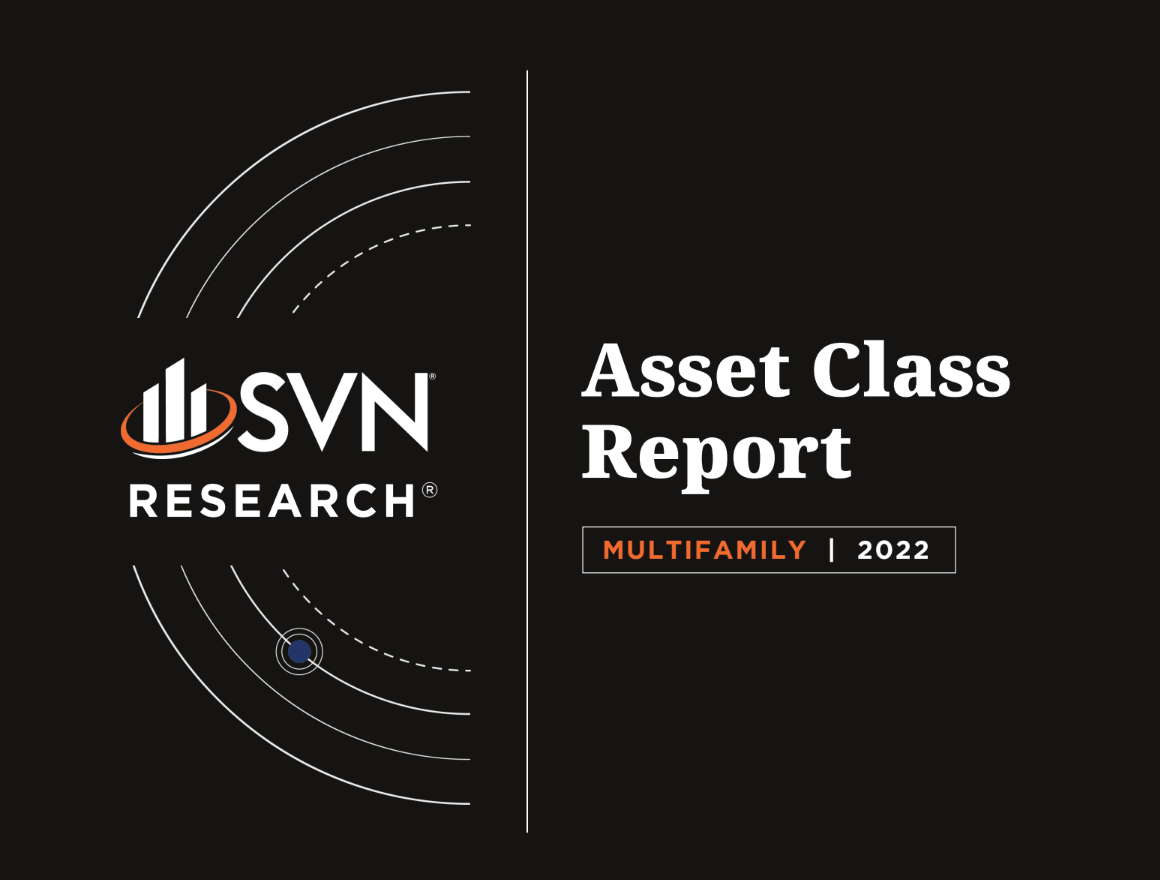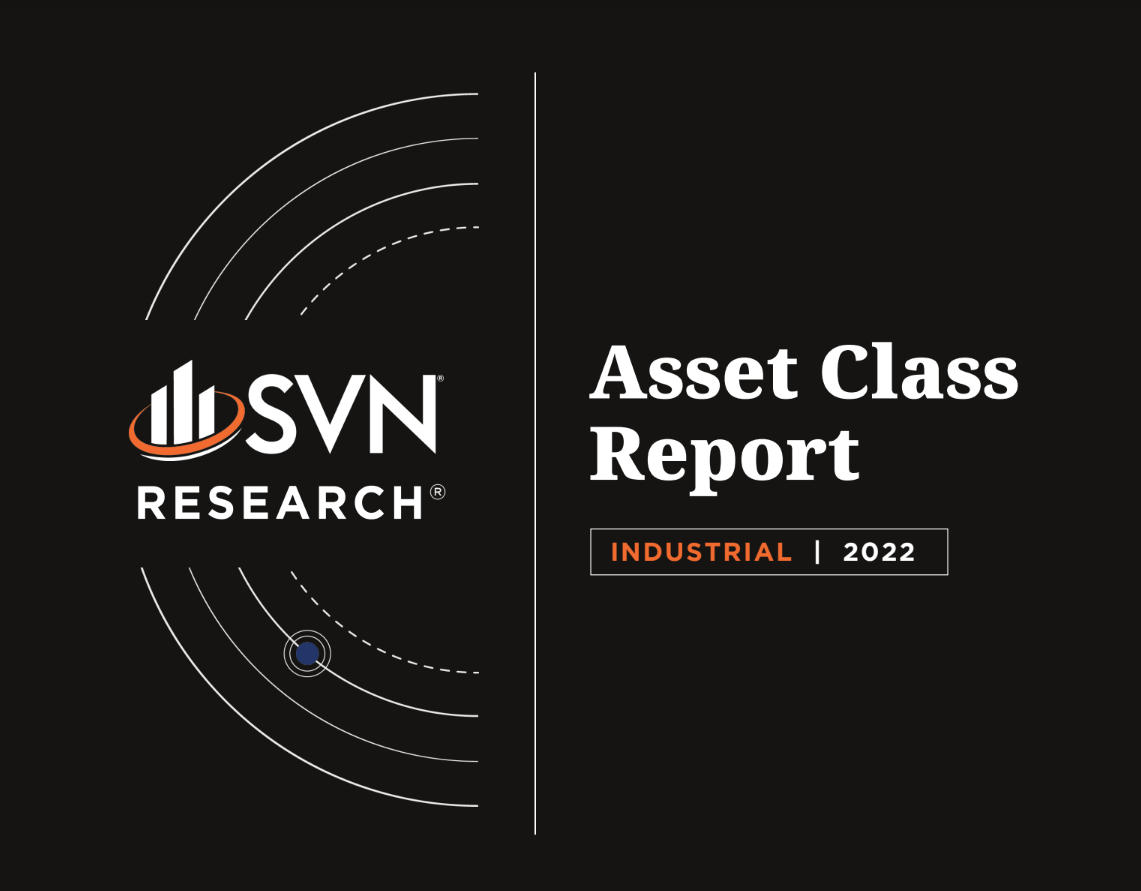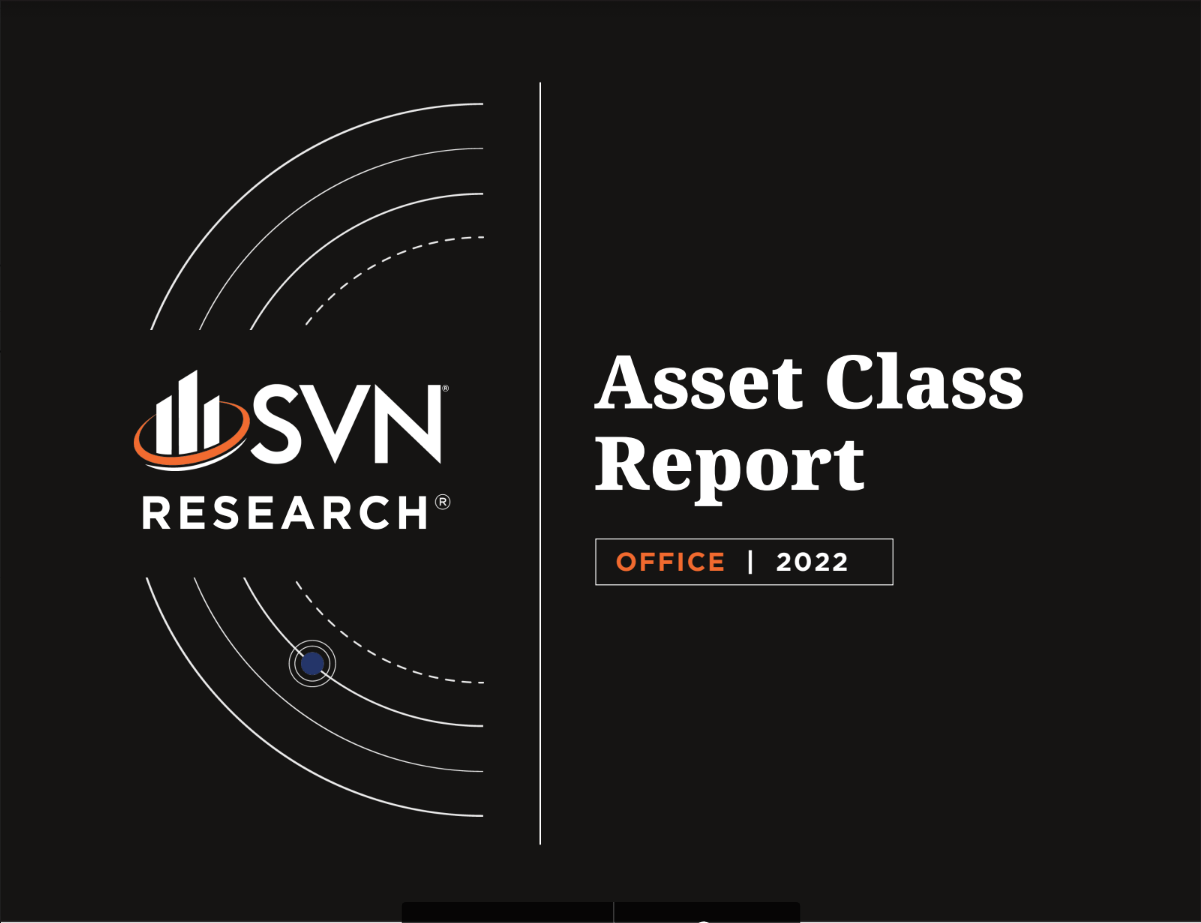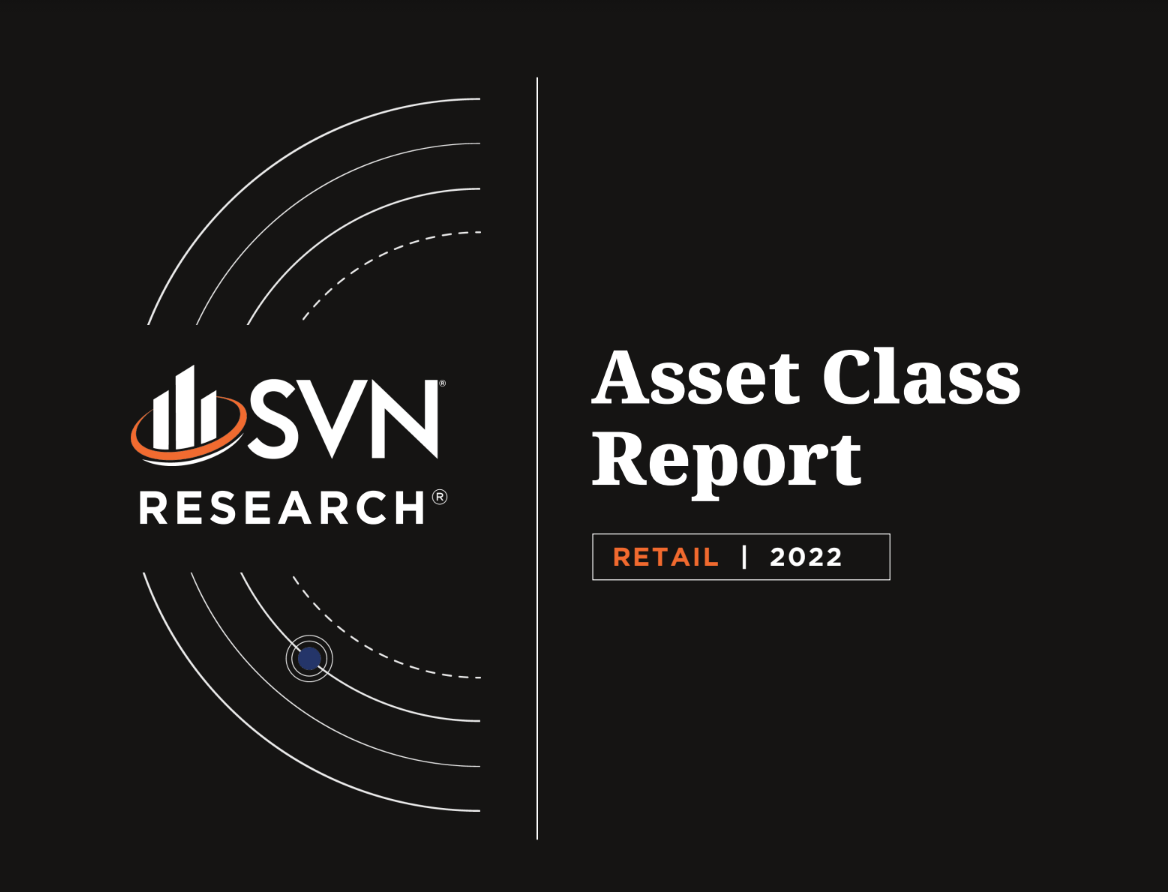admin / November 12, 2022
Commercial Real Estate Economic Update 11.4.22
Commercial Real Estate Economic Update 11.4.22
Featured Topics
-
Interest Rate Hike
-
Jobs Report
-
Multifamily Cap Rates
-
Malls In Recovery
-
Falling Rent Expectations
-
Fannie Mae Housing Forecast
-
Consumer Sentiment
-
Personal Income and PCE Inflation
-
New Construction
-
JOLTS
Commercial Real Estate Economic Update 11.4.22 – (Download Full PDF)
1. INTEREST RATE HIKE
• On November 2nd, the FOMC voted to increase the Federal Funds Rate by 75 bps for the fourth consecutive time, taking the benchmark interest rate to its highest since early 2008. The current Federal Funds Target Rate sits at 3.75%-4.00.
• In the accompanying statement following the meeting, the Fed shifted its tone slightly, indicating that it intends to “take into account the cumulative tightening of monetary policy” and “lags with which monetary policy affects economic activity and inflation.” The statement signals that while the committee remains committed to raising rates to rein in inflation, they are beginning to look for signs that may justify a pivot.
• Stocks initially rose on the news of the rate hike but began to fall during Jerome Powell’s news conference in reaction to the marginally more dovish statement on the future path of monetary policy.
• While a new summary of economic projections did not accompany this month’s meeting, Chair Powell stated in his press conference that he now expects the “terminal” rate — the level at which the Fed stops further rate increases — to be higher than what it was thought to be a few months ago. The higher rates need to be to tame inflation, the harder it will be for the central bank to achieve a monetary “soft landing.”
2. JOBS REPORT
• The US economy added 261,000 jobs in October while the unemployment rate rose slightly to 3.7%, according to the Bureau of Labor Statistics.
• This month’s jobs report performed stronger than most expectations and signaled a resilient labor market amid a tightening financial landscape. Notable gains were made in health care, professional and technical services, and manufacturing.
• Stock futures reacted positively to the report initially; however, the continued strength of job growth could force the Fed to continue the pace and degree of its monetary tightening campaign for longer.
• Healthcare employment climbed the most during the month (+55,000), followed by professional and technical services (+43,000), and manufacturing (+22,000). Employment in social assistance services, wholesale trade, and leisure and hospitality all saw notable growth in October.
• The average hourly earnings for all private employees rose by 0.4%, or 12 cents to $32.58.
3. MULTIFAMILY CAP RATES
• According to a recent analysis by Trepp, despite facing rising Treasury yields, multifamily cap rates are holding below 4%.
• The analysis uses an implied cap rate methodology, which examined the net operating incomes of transacted multifamily properties backed by a GSE-sponsored mortgage. While the report’s findings indicate that there has been some upward movement in cap rates between July and September, the increase has been a fraction of the observed rise in Treasury yields.
• Cap rates holding at their low levels while the 10-year Treasury yield has risen means that investors are receiving less risk compensation than they have at any point post-Financial Crisis.
4. MALLS IN RECOVERY
• David Simon, CEO of Simon Property Group, spoke to investors in his company’s third-quarter earnings call and talked about the improving conditions for their portfolio and the Mall sub-sector as a whole.
• For the country’s largest Mall REIT, occupancy rates were up 1.7 percentage points from a year ago, reaching just shy of 95%. Further, base minimum rent per square foot is also on the rise, gaining $0.89 in the past year to $54.80.
• According to daily pricing data from FTSE Nareit, no subsector in commercial real estate has enjoyed a more robust fourth quarter so far than Regional Malls. From the start of the quarter, Regional Mall REIT prices are up an average of 25.1%. The next best performing sub-sector was Lodging/Resorts at a distant 13.3%.
5. FALLING RENT EXPECTATIONS
• A new report by Yardi Matrix is warning that rent growth will likely slow significantly in 2022 and 2023.
• “Almost all of the expected rent growth for 2022 has happened,” the firm posits, and forecasts that rent growth may become “anemic.” While some of this is due to seasonality, as transaction activity and therefore rent growth naturally falls when the weather gets colder, Yardi’s revision also reflects an uncertain economic outlook in the medium term.
• Not all the analysis was negative, however. The firm notes that a mix of high inflation (including wages) and continued employment gains could result in a “higher-than-average jump out of the gate” in the spring when seasonality typically swings in the other direction.
6. FANNIE MAE HOUSING FORECAST
• Fannie Mae’s October 2022 housing forecast shows a slight contraction in home prices for 2023. The 1.5% decrease in home prices forecasted for 2023 would follow significant increases of 18.9% and 9.0% in 2021 and 2022 (forecasted), respectively.
• Fannie Mae’s forecasts expect elevated mortgage rates through the end of next year. The company is forecasting the 30-year fixed mortgage rate to average 6.7% in the fourth quarter of 2022 and a gradual decline from 6.6% to 6.2% between the first and fourth quarters of 2023. The 30-year mortgage averaged 3.0% in 2021.
• New multifamily construction is expected to stay strong through the end of 2022, averaging over 500 thousand units per quarter. It would be the second year of solid growth after starts increased by 21.8% in 2021. However, the forecasts call for starts to fall to an average of 390 thousand units per quarter. The drop would put multifamily housing starts back in line with benchmarks last seen in the years leading up to the pandemic.
7. CONSUMER SENTIMENT
• The University of Michigan Consumer Sentiment Index rose by 1.3 points in October from September, diverging from the Conference Board’s confidence index, which had shown a decline in October following increases in August and September.
• While recession concerns remain high, the Michigan index has risen in each month since hitting an all-time low in June. According to the report’s analysis, buying conditions for durables rose by 23% on the basis of easing prices and fewer supply chain issues. Still, future expectations for business conditions fell by 19%.
• The worsening of future consumer expectations alongside steady improvements in current sentiment is noteworthy — as one would typically expect current conditions to reflect consumers’ dim outlook gradually. This divergence reflects the uncertainty created by today’s dual inflationary and recessionary environment and the trouble that both businesses and consumers have forecasting ahead.
8. PERSONAL INCOME AND PCE INFLATION
• Both personal income and disposable personal income rose by 0.4% in September, while consumption increased by 0.6%, according to the latest figures by the Bureau of Economic Analysis (BEA).
• Recent increases in personal income have helped wages buck some of the impact of inflation in recent months, albeit modestly. Real personal disposable income has remained positive since June, when inflation last outpaced income gains.
• PCE Price Index increased by 0.3% month-over-month in September and 6.2% year-over-year. The PCE price index has relatively consistently underpaced the more widely cited Consumer Price Index, but both have moved in the same general direction.
• Core PCE prices, which exclude the cost of food and energy and are the Fed’s preferred inflation gauge when considering monetary policy decisions, increased by 0.5% in September and 5.1% year-over-year. Roughly over the past 3-4 months, core inflation has seen more upward pressure than headline prices, which could be a modest hand to households preparing for the winter months, some of who may need to prioritize food and energy spending over more discretionary items. Still, base effects from last year are partially responsible for decelerating headline prices, as food and energy prices started to outpace core more significantly beginning in the summer of 2021.
9. NEW CONSTRUCTION
• New construction continues to be delivered at a healthy pace through September 2022. The value of new construction put in place in September totaled $1.8 trillion at an annualized rate. The current speed is 0.2% higher than the previous month and 10.9% higher than in September 2021.
• Residential construction accounted for 51% of deliveries by total value, coming at $918 billion. Measured from one year ago, the annualized pace of single-family home deliveries is down by 2.7%, while the rate from multifamily is up by 1.9%.
• The annualized value of new office properties in place totaled $86 billion in September 2022, just 0.7% higher than last year. Meanwhile, commercial/retail properties, which saw their pace climb to $115 billion, were up by 22.4% from last year.
10. JOLTS
• Job openings remained strong through September 2022, signaling that the U.S. labor market exited third-quarter 2022 with momentum and resilience. Data from the Bureau of Labor Statistics Job Openings and Labor Turnover Survey show the number of job openings rose to 10.7 million in September — an increase from the 10.3 million in August. Though 10.7 million is down from the 11.9 million peak in March 2022, it remains well above the pre-pandemic peak of 7.6 million in November 2018.
• Accommodation and food services led the push in openings, which gained over 200 thousand openings between August and September 2022. Losses in the wholesale trade and finance and insurance sector tempered gains.
• September’s ratio of job openings to unemployed persons (1.9) underscores the nation’s tight labor market. The quits rate — the number of quits as a percent of total employment — stayed steady at 2.7% for the third consecutive month. The layoffs and discharges rates were little changed, showing employers were hanging on to talent through the end of the third quarter of 2022.
SUMMARY OF SOURCES
•(1)https://www.federalreserve.gov/newsevents/pressreleases/monetary20221102a.htm
• (2) https://www.bls.gov/news.release/empsit.nr0.htm
• (3) https://www.trepp.com/trepptalk/cap-rates-on-recent-sales-continue-to-hover-around-4-of-2021- noi
• (4) https://therealdeal.com/2022/11/01/simon-malls-dont-suck-in-fact-theyre-doing-well/
• (7) http://www.sca.isr.umich.edu/
• (9) https://www.census.gov/construction/c30/c30index.html
• (10) https://www.bls.gov/jlt/
©2022 SVN International Corp. All Rights Reserved. SVN and the SVN COMMERCIAL REAL ESTATE ADVISORS logos are registered service marks of SVN International Corp. All SVN® offices are independently owned and operated. This is not a franchise offering. A franchise offering can only be made through a Franchise Disclosure Document.



